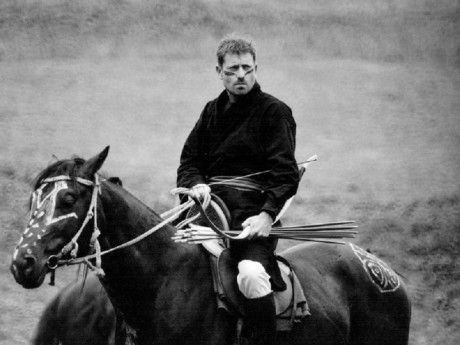Choosing a Traditional Bow – What Is The Best Bow For You?
Choosing a Traditional Bow
So you are interested in choosing a traditional bow for your archery pursuits. Wonderful! The first step in helping you with choosing a traditional bow is for you to become aware of what you intend to do in archery. Do you intend to do target shooting? What about hunting? Perhaps you would like to shoot a bow from the back of a horse. All of these options are available to the archery initiate.
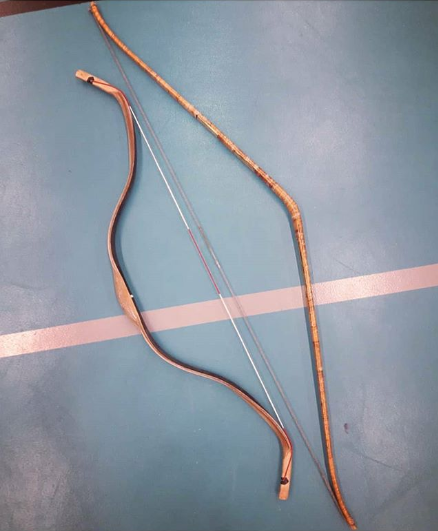
Step two is less of practical consideration and is more of a matter of preference. What kinds of bows inspire you? Do you have an ethnic or national background with a strong and longstanding tradition in archery? What bow designs do you like? Turkish? Hungarian? The English Longbow? Perhaps this article will inspire you and assist in narrowing down your decision? This related article breaks down several bow types: https://archeryhistorian.com/types-of-bows-traditional-to-compound/
Alice: I just wanted to ask you which way I ought to go?
Chesire Cat: Well, that depends on where you want to get to.
Alice: It really doesn’t matter.
Chesire Cat: Then it really doesn’t matter which way you go.
Types of Archery
Before choosing a traditional bow, it would be wise to ask yourself what type of archery interests you the most. Here is a list of several ways in which you can enjoy the practice of archery.
Target Archery
The most basic of all forms of archery. Most, if not all archers begin their journey by practicing to shoot at targets from a fixed distance. This is definitely for you if you don’t intend to get too deep into the world of archery competitions and events but instead would like to shoot off some arrows just for the fun of it. In essence, all archery is a derivative of target archery. A good place to begin to get comfortable with archery is to set up a target in a safe location and get started. There are several shooting clubs where you could also begin to hone your skills by simply shooting at targets at a specified distance.
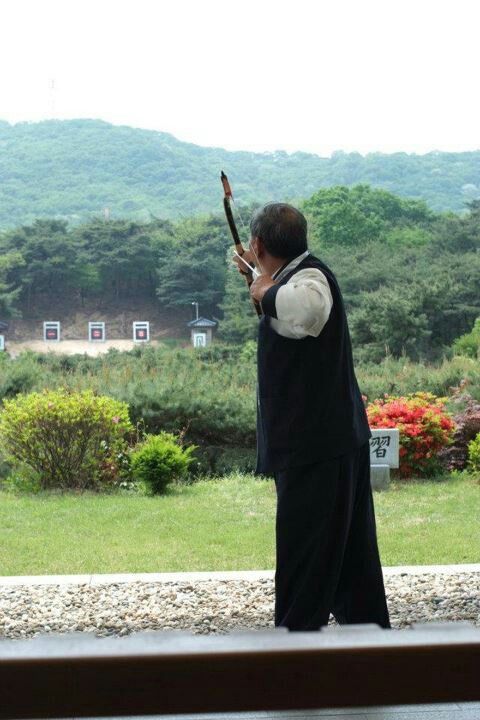
Field Archery
Field archery is the next evolutionary phase of target archery. This type of archery consists of a course laid out in various configurations. Field archery can be likened to golf, where a golf course consists of 18 holes that the golfer must navigate his ball towards, a field archery course has several targets laid out in different ways. You can indeed create your own course, keeping safety in mind as the top priority. There are several large organizations specializing in designing courses and organizing tournaments. These tournaments have their own division for traditional bows. The three big organizations are (click links for more):
1) International Feild Archery Association (IFAA).
2) National Feild Archery Association (NFAA), [USA]
3) World Archery Federation (WA)
The terrain of the course varies. You may have to hike through dense woodland, open fields, at different elevations. The targets themselves will vary in the distance and/or angle required to shoot at them, as well as their size and shape. Some courses may use the familiar archery target with concentric circles, while others may have 2D animal silhouettes or 3D targets of various animals. As a result, you will become a very well rounded archer as you develop your skills and experience in field archery. Field archery would also be a good training and conditioning method for bowhunting (discussed later in the article). The following video by the World Archery Federation describes some of the aspects of field archery.
3D Archery
This form of archery involves the use of three-dimensional targets that usually resemble hunted animals. The targets are usually placed as to simulate an actual hunting scenario. 3D archery is in fact one of the best ways to practice for an actual hunt. These targets can be placed at varying distances to allow for the archer to better attune his or her judgment of distance, elevation, etc. The targets may be placed in a course and so 3D archery can also be field archery. Other than the commonly hunted game, zombies have also been known to be used as targets in case of a zombie apocalypse.

Flight Archery
Flight archery is defined as archery where the sole objective is to see how far one can cast an arrow. The greater the distance, the better. This is the only form of archery where no target exists. Flight archery has its roots in traditional Turkish archery. In fact, the Ottoman Turks obsessed over archery a great deal, especially when it came to distance shooting or flight archery. Meticulous records kept by the Ottomans, detail the names, dates, and feats of prominent archers. Distances of over 800 meters are known to have been achieved. Large stone monuments stand in Turkey which commemorates such distances.

Making arrows as light as possible ensures greater distances. Most flight arrows are tapered and short to cut down on weight and to improve aerodynamics. So short that special devices aid in the release of these particular arrows. A common device to enhance the range of a Turkish bow is called a Siper. It is a grooved shelf that is bound to the wrist of the bow hand. It allows for a shorter and lighter arrow to be drawn past the bow so it can travel farther.

Another device is known as a Majra and is used as a guide for shorter, and therefore lighter arrows. Consisting of a simple wooden rail extending past the length of the full draw, the Majra is simple and effective.

Several classes of bows compete in their own divisions for flight archery. They include recurve bows, compounds, English longbows, American longbows, and primitive bows.
Mounted Archery
If you are interested in mounted archery, we recommend you read our article on horsebows here: https://archeryhistorian.com/horse-bows-the-kings-weapon/. The sport of mounted archery is quite popular with nations that have a historical connection to their nomadic pasts. Turkey, Hungary, Mongolia, China, Japan, and Korea all have their own unique brands. However, the popularity of the sport is growing in the West. Mounted archery as a serious sport has been widely excepted in Western Europe as well as the New World.

The main bow used by mounted archers is a version of the Asiatic composite bow. Several manufacturers and artisans have taken up the craft of making these marvelous instruments. Modern materials are used as well as the traditional materials and methods (horn bows). Below are some examples sold here at ArcheryHistorian.com:

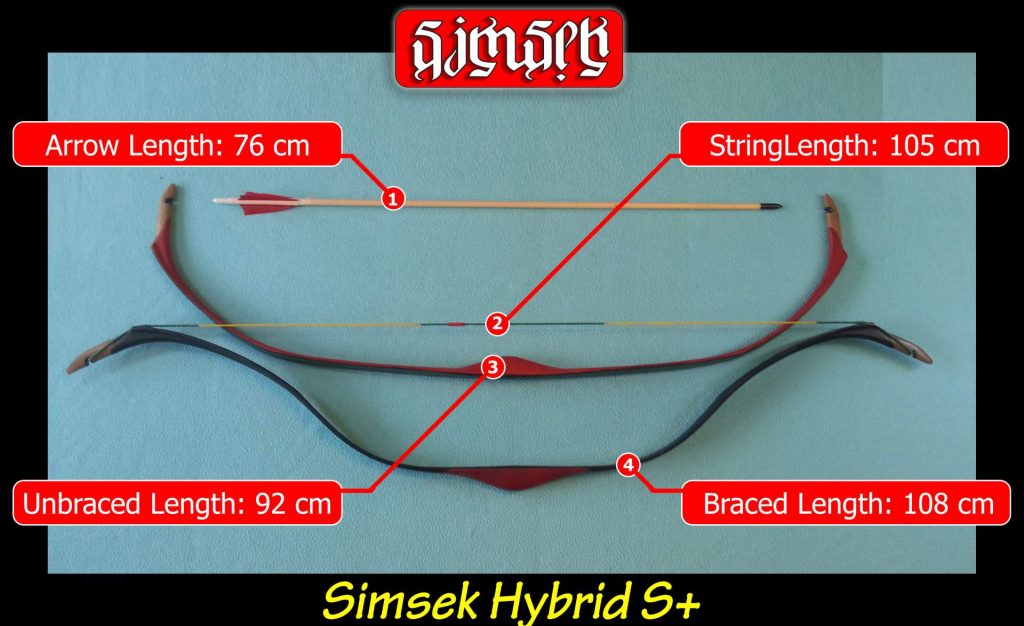

Bowhunting
After the advent and proliferation of compound bows in the 1970s, bowhunting has remained popular in the New World. Most bowhunting is undertaken with powerful compounds, however, a traditional bow of sufficient power can just as effectively be used to hunt. Some even prefer a traditional recurve over compounds when it comes to hunting game of all kinds. Using a traditional bow for hunting usually requires more skill on the part of the archer as compared to hunting with modern compounds or crossbows.
Choosing a Traditional Bow – Other Considerations
Great! Now that you know what you intend to use your traditional bow for, let us look at some technical considerations.
Draw Weight
The draw weight of any particular bow refers to the apparent weight the archer must resist in order to bring the bow to full draw. Bow draw weight is also commonly referred to as poundage because it is measured in apparent pounds at full draw. Lighter draw weights are sufficient for target archery and much heavier draw weights are required for hunting. The arrow must be able to fully penetrate thick hide, as well as muscle and even bone in order to ensure a clean and humane kill. Some people (the author included) do enjoy shooting heavy, military weight bows for target shooting. It is intriguing to some to know what it must have been like to shoot a 100 pound plus English longbow just as was used in the 100 Years War of the medieval period.
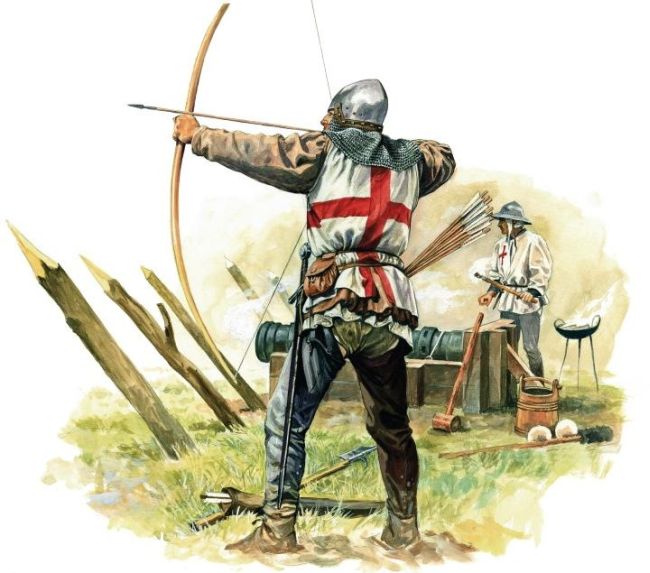
Achieving high draw weights requires training and a gradual, incremental increase to heavier and heavier bows. Archers of the past would begin their training in early childhood with relatively light bows and then gradually increase the poundage and size of their bows as they grew and became stronger and better adapted to their current bow. Below is a quote from an English Longbowman discussing his use and training with heavy bows:
“[My yeoman father] taught me how to draw, how to lay my body in my bow … not to draw with strength of arms as divers other nations do … I had my bows bought me according to my age and strength, as I increased in them, so my bows were made bigger and bigger. For men shall never shoot well unless they be brought up to it.”
Archery Training
As is noted above, shooting heavy bows for warfare or hunting requires patience and persistence over long periods of time, perhaps several years. For a complete beginner, a light bow is in the range of approximately 25 to 35 pounds. An intermediary bow is considered to be in the range of 40 to 55 pounds. A heavy bow may be considered to be above 60 pounds. Very heavy “war bows” would often exceed 100 pounds. We recommend you check out ArcheryHistorian.com’s ebook on archery training, Click image for link below:
Draw Length
Various forms of traditional archery utilize different draw lengths. Some forms, such as traditional Chinese or Korean archery emphasize a relatively long draw, with the draw hand reaching or even passing the shoulder. Other forms, such as Turkish or Hungarian have much shorter draw lengths, pulling to the face or center of the body. For most people’s proportions, the taller they are, the longer their arms are and hence can tolerate a longer draw length.
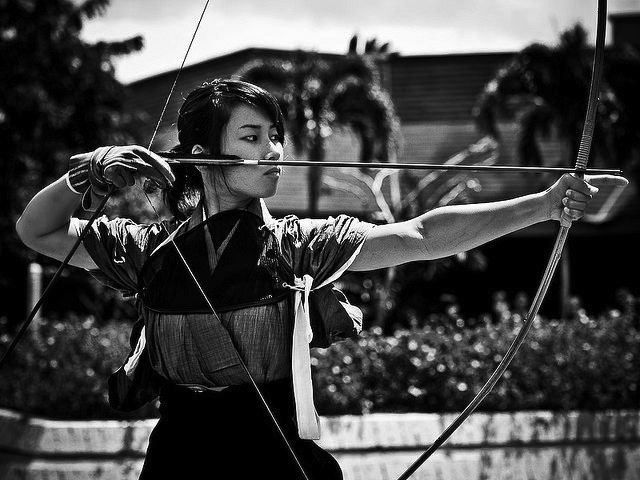
A common method for discerning one’s comfortable draw length for most traditional bows is the hold one’s arms straight out to the sides, then measure from the middle finger of one hand to the middle finger of the other hand. Take this number in inches, and divide it by 2.5. This will give you an approximate comfortable draw length in inches.
Cost
When it comes to choosing a traditional bow, cost and pricing is a consideration from most. Traditional bows prices begin around a few hundred dollars (USA). They are usually made from modern materials such as fiberglass, resins and some wood. Prices can increase as the draw weight goes up as more material and time is required to make them. Bows that are made with a composite design, from traditional materials (wood, horn, sinew, organic glues) can take over a year to make and cost thousands of dollars. Cost is a consideration for many and fortuneatly with modern materials and thousands of years of experience in constructing bows, humans have made archery accessable to all for a very reasonable price. Check out ArcheryHistorian.com’s BowShop for a fine selection ranging in price from about 150 USD to almost 3000 dollars.
